By Louise Irvine
Take a spin to Dania Beach and get creative with clay. Be inspired by the amazing exhibitions of pottery and porcelain at WMODA and then find out about throwing your own pots at Gasper Arts a few blocks away from the museum. The new art center has 12 potter’s wheels and offers classes for beginners as well as studio space for professional artists working in clay. Watch demonstrations of wheel throwing at Gasper Arts and WMODA during Smithsonian Magazine Museum Day on Saturday, September 17.
Great Pottery Throwdown
Throwing comes from an old English word meaning to twist and to turn and it has become a popular spectator sport since the Great Pottery Throw Down began screening on HBO Max. This entertaining TV competition brings the messy and marvelous world of pottery to life in Stoke-on-Trent, the home of the British ceramics industry.
The earliest records of the potter’s trade and the development of the wheel can be seen in ancient Egyptian tomb paintings from around 2500 BC. Initially, potters coiled pots with long ropes of clay and used a simple hand-powered turntable made of wood or stone to make the process faster. Village potters still use this method in some parts of the world today.
Gradually the potter’s wheel developed into a high turntable on a smooth-running shaft with a flywheel at foot level. Kicking the rotating heavy stone wheel creates a centrifugal force with less friction to speed up the potting process. The fast wheel allowed the “throwing” technique to develop in which a lump of clay is placed centrally on the wheel and then squeezed, lifted, and shaped as the wheel turns. Potters could produce many more pots per hour, the first step towards industrialization.
In the early Staffordshire industry, a potter’s assistant, often his wife or child, helped turn the mechanical wheel as can be seen in this photograph. Another assistant ran with the finished pot to the drying area. An early example of the mechanical wheel is on display at the Gladstone Museum in Longton where the most recent episodes of the Great Pottery Throw Down were filmed.
Doulton Developments
In London, Henry Doulton spent his formative years working alongside his father and throwing large vessels on his kick-wheel. He labored from 6am in the morning manipulating around 50 pounds of clay in front of a blazing kiln. When he was 17 years old, he made a 20- gallon stoneware chemical receiver and took over the role of large-ware thrower for the pottery. He often told potters of a later generation that he made 15 water filters with a capacity of 3 gallons before breakfast. He constructed the first steam potter’s wheel ever made with the assistance of a man named Berry at least ten years before others appeared in London or Staffordshire.
Throwing became a lot easier with continuous electric motor-driven wheels controlled by a foot pedal but the technique is still challenging for novices as the WMODA team experienced at one of the wheel-throwing classes taught at Gasper Arts.
Read More...
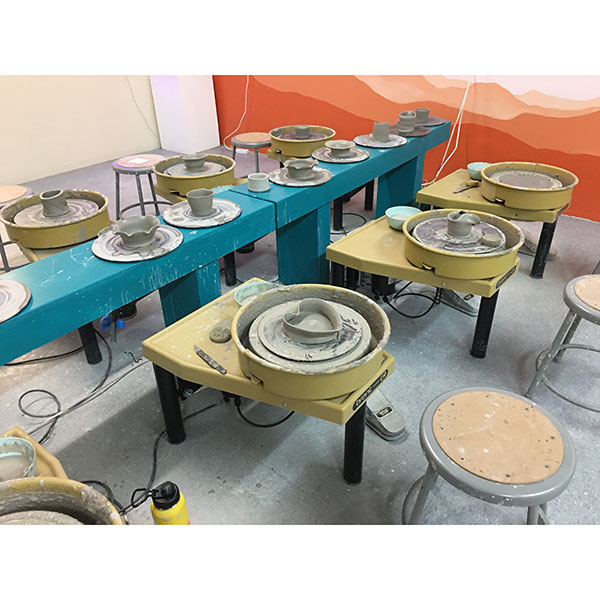
Gasper Arts pottery wheels
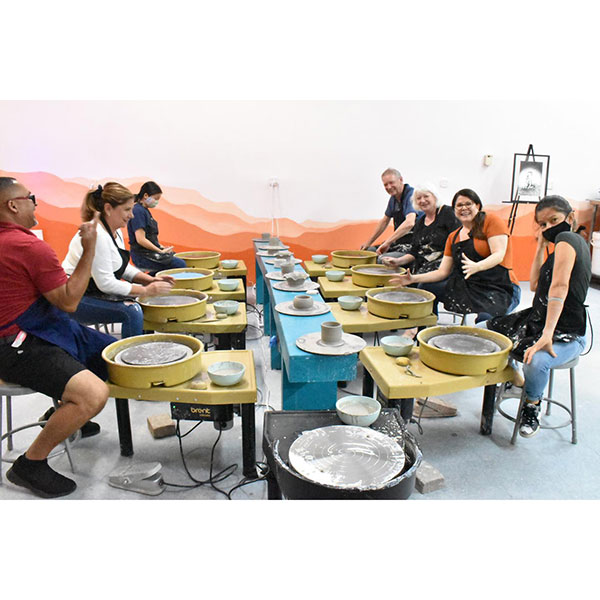
WMODA team at Gasper Arts
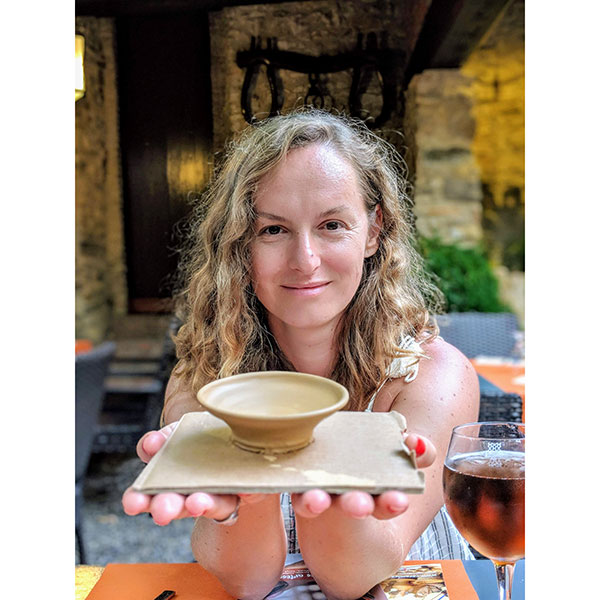
Mirela Popovici
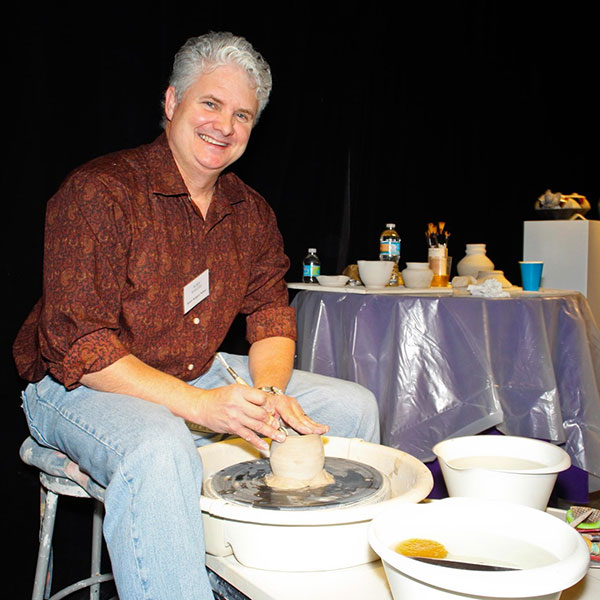
Robin Rodgers demonstrating
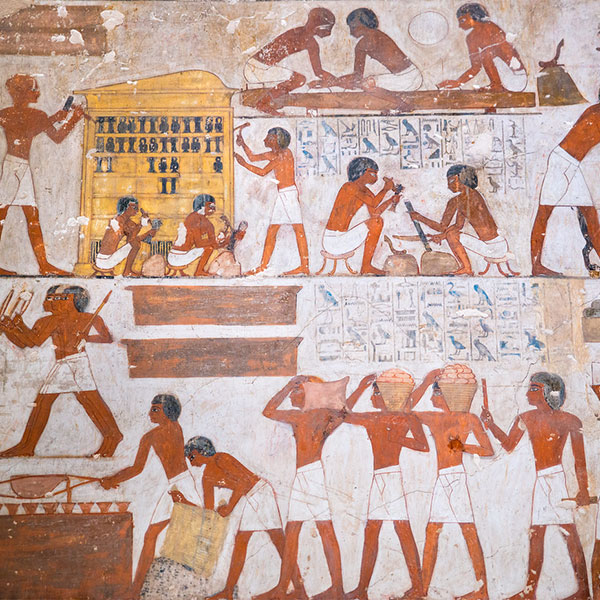
Egyptian Potters Tomb of Reckmire
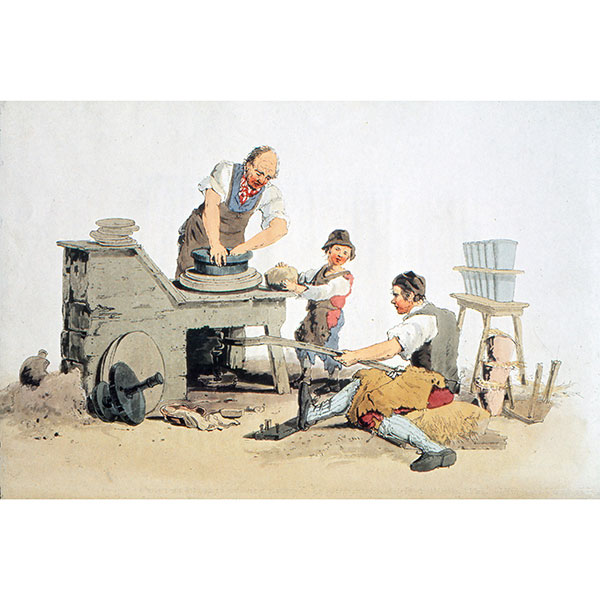
Potters Costumes of Great Britain by W.H. Pyne
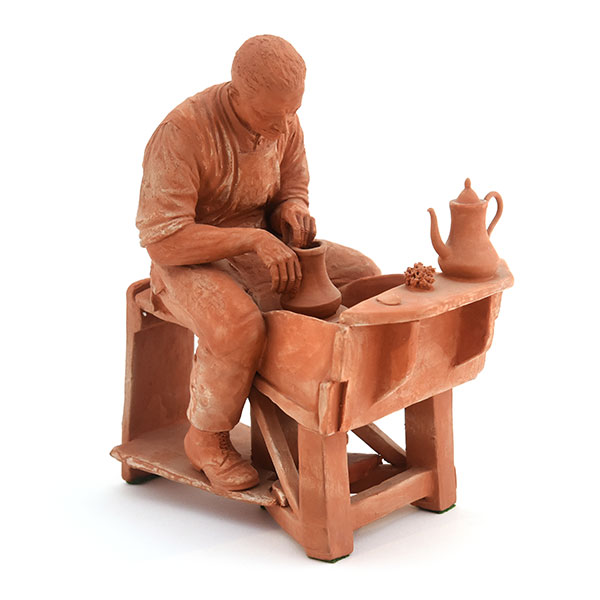
Potter by Peggy Davies
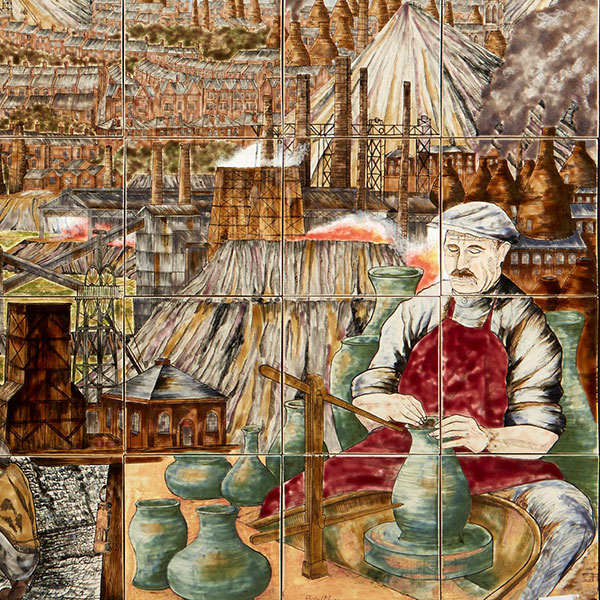
Detail of Cobridge Stoneware Panel by Philip Gibson 2000
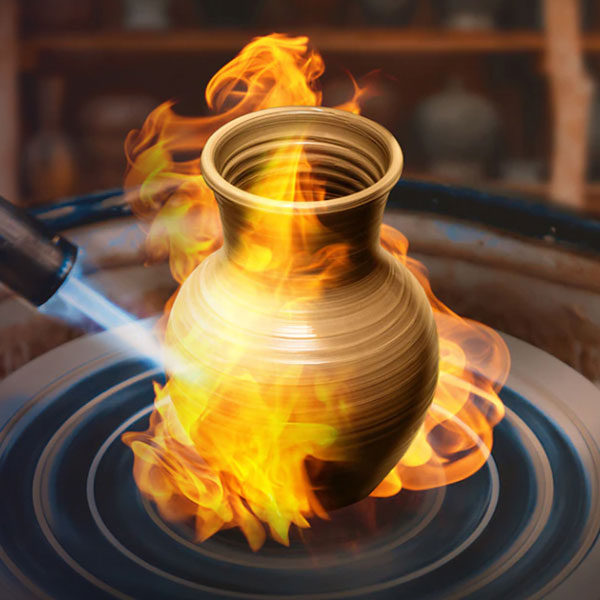
Great Pottery Throw down
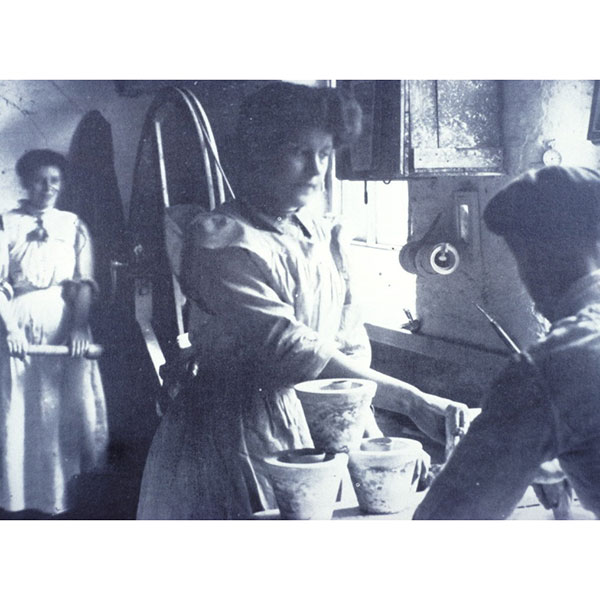
Woman turning potter’s wheel
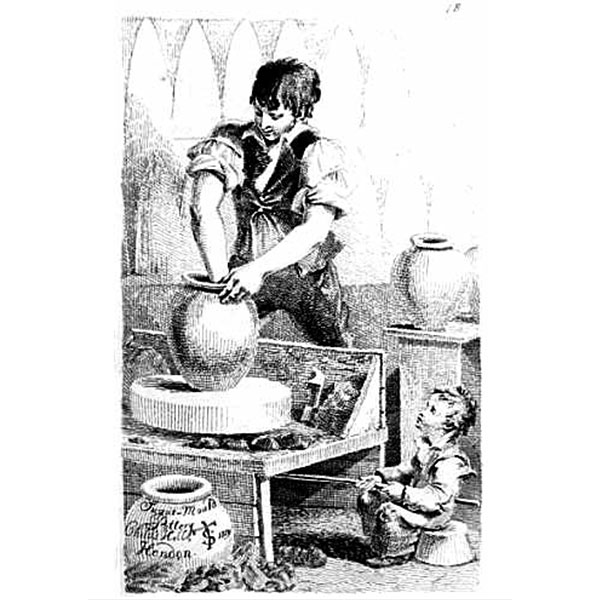
Sugar Mould Pottery Childs Hill Hendon J. T. Smith
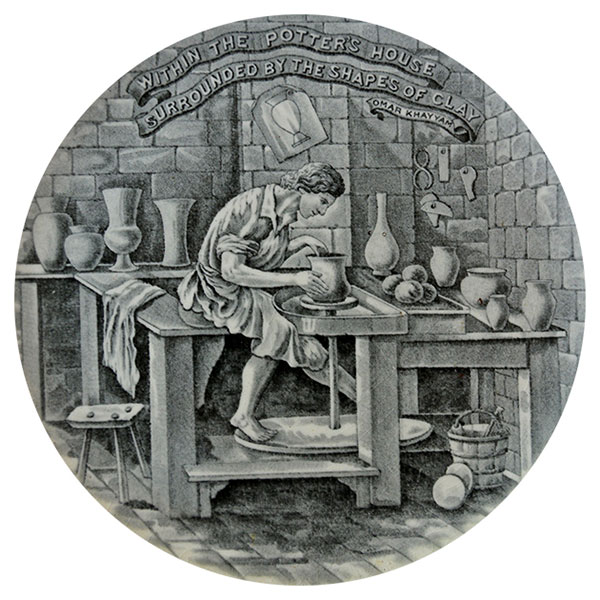
Within the Potter's House
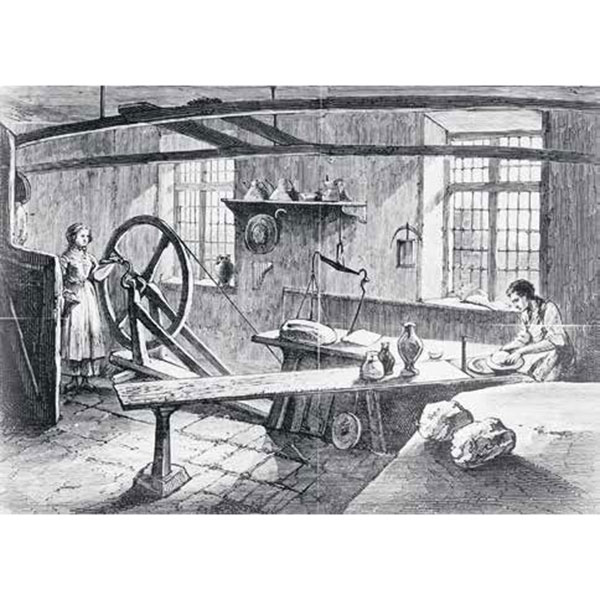
Women turning potter's wheel
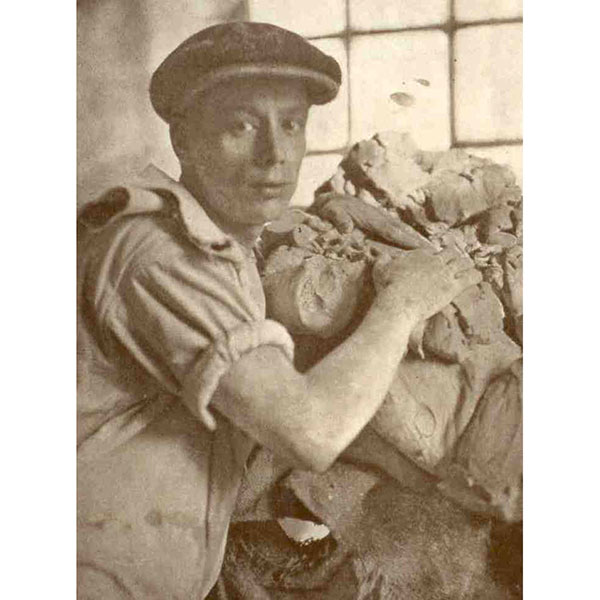
Royal Doulton Preparing Clay
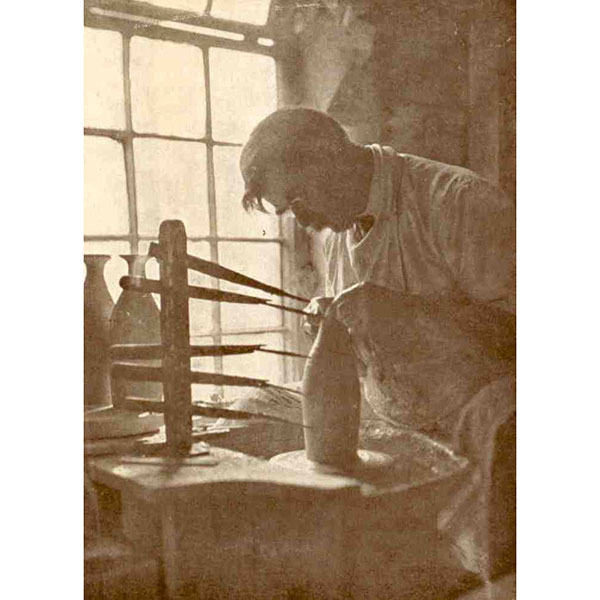
Royal Doulton Thrower
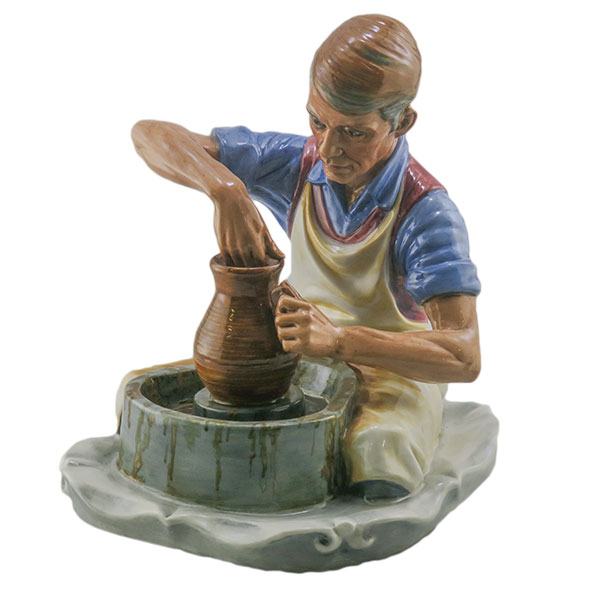
Royal Doulton Potter Prototype by E. J. Griffiths
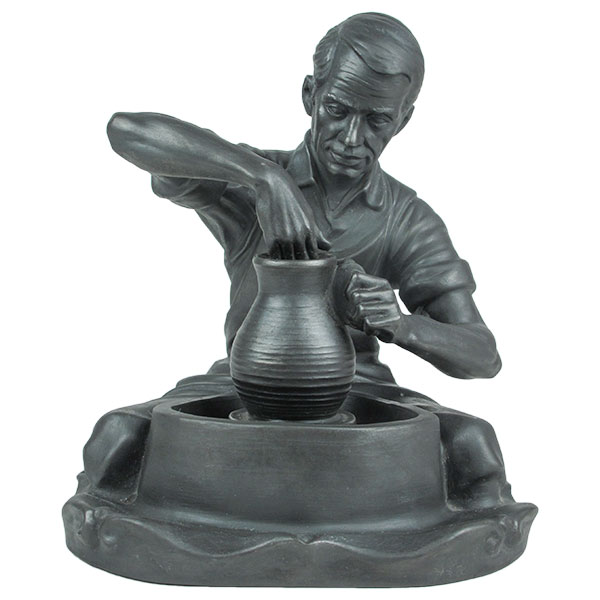
Royal Doulton Prototype Potter Basalt by E. J. Griffiths
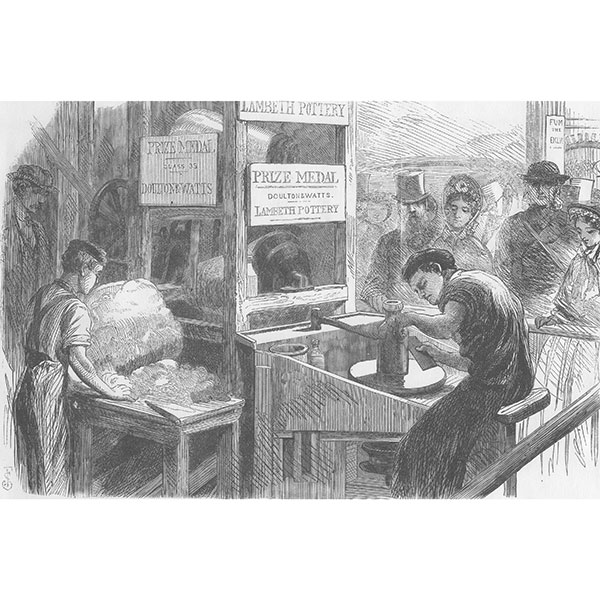
Doulton Demonstration London Exhibition 1862
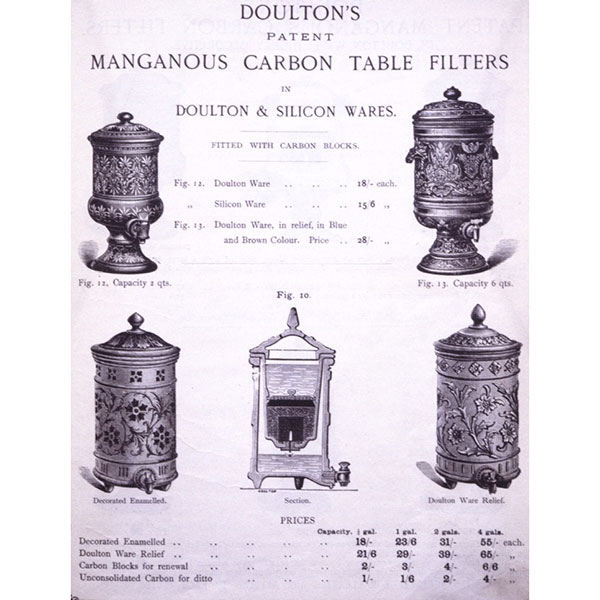
Water filters catalog
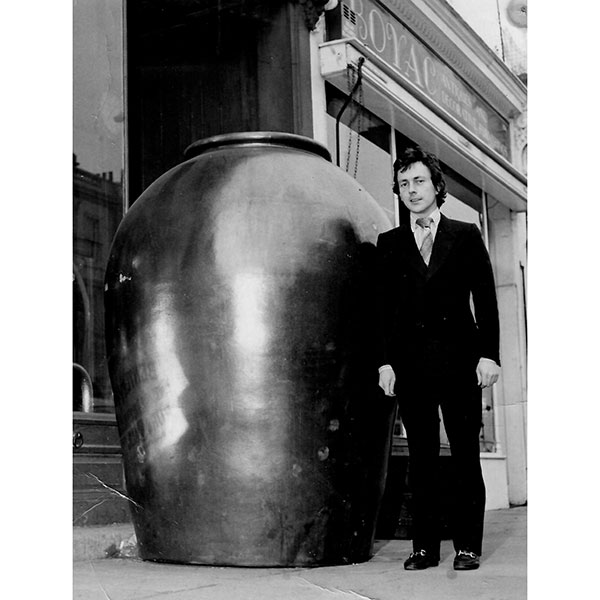
Michael Doulton with enormous chemical vessel 1972
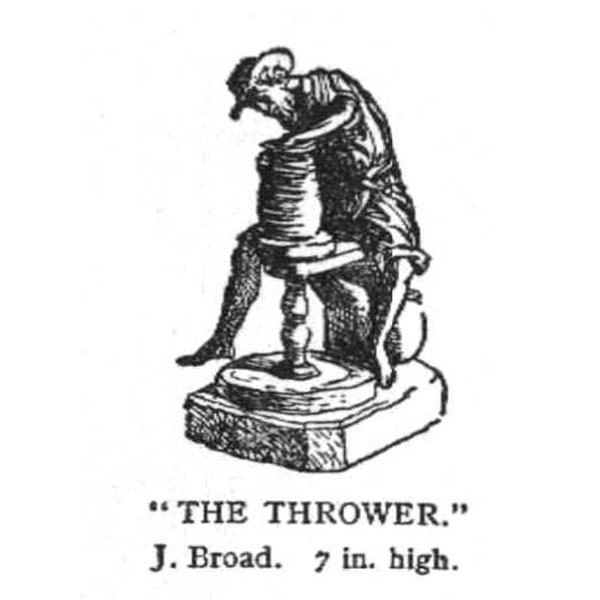
Doulton Thrower J. Broad drawing
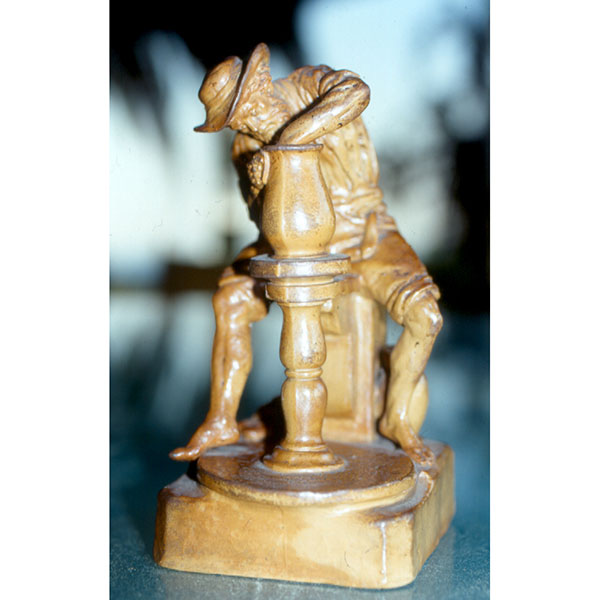
Doulton Thrower by J. Broad
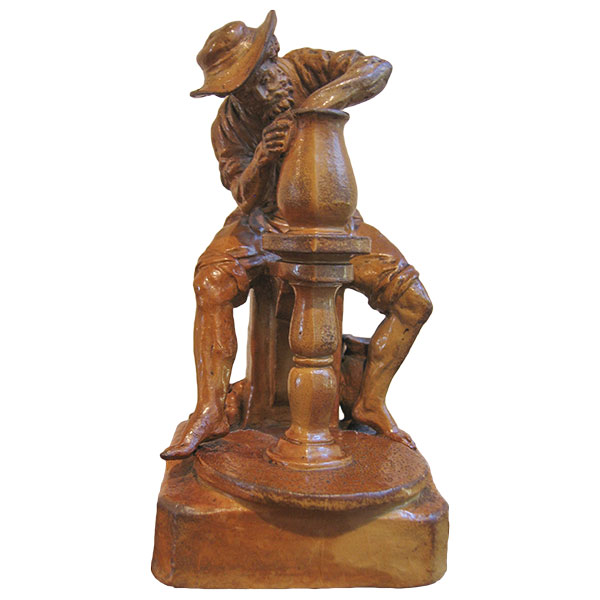
Doulton Lambeth Stoneware Potter by J. Broad
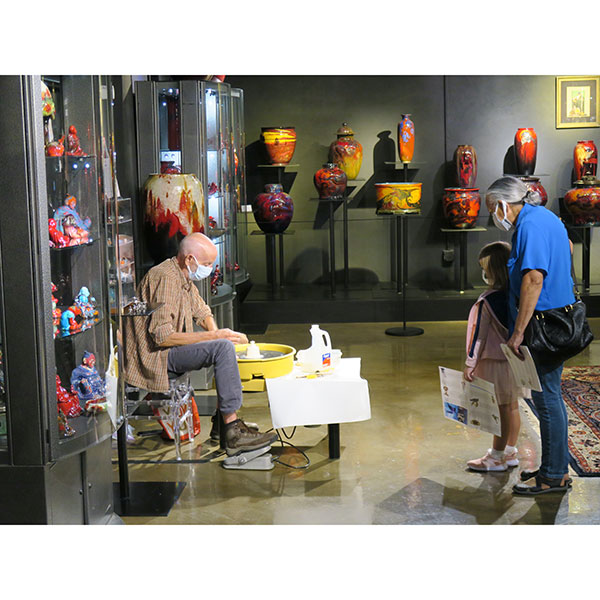
Alex Meiklejohn at work at WMODA
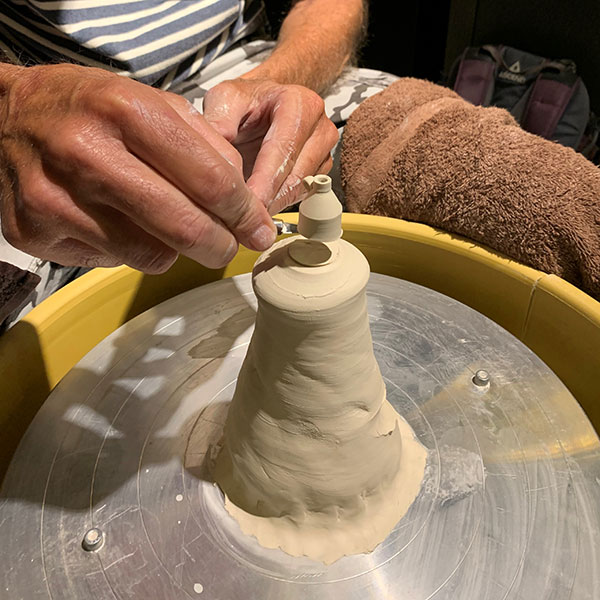
Alex throwing minis off the hump
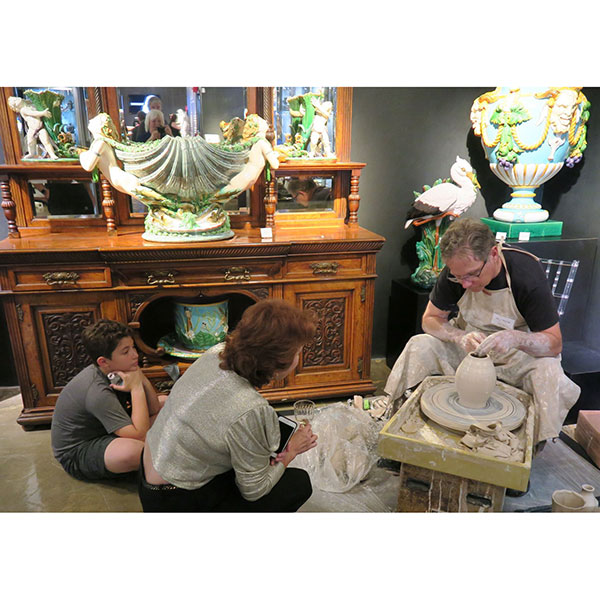
James Herring at work at WMODA
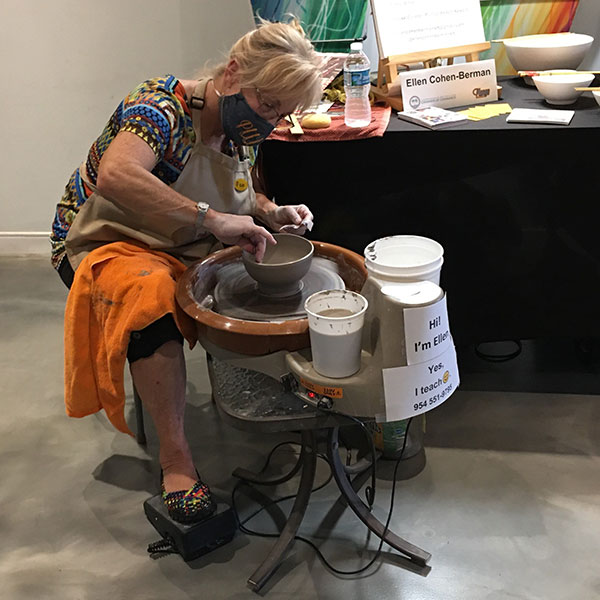
Ellen Cohen Berman making a bowl
